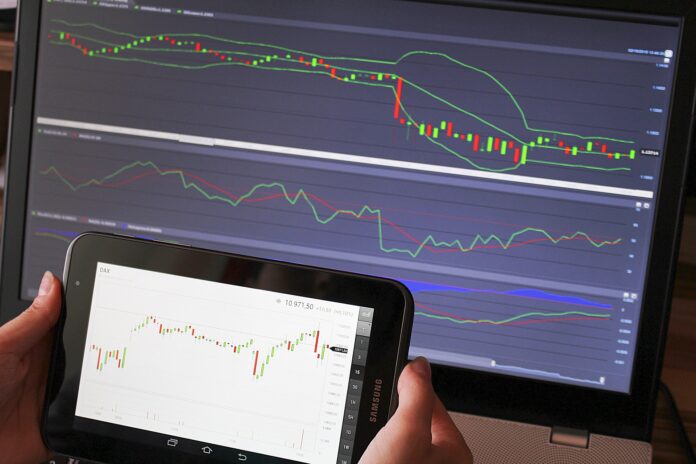Commodity trading is a popular way for investors to gain exposure to the performance of different raw materials and agricultural products. Futures contracts are a popular way for traders to speculate on the price movements of these commodities. However, there are many different strategies that traders can use. When trading futures in commodities, and it can be difficult to know which approach to take. In this blog post, we will explore different strategies for trading futures in commodities. And how to use them to your advantage.
Trend Following
One popular strategy for trading futures in commodities is trend following. This approach involves identifying the direction of the market and placing trades in the same direction. This is often done by using technical analysis to identify trends in the market. And making trades based on those trends.
The advantage of trend following is that it can be a relatively simple strategy to implement. By identifying trends in the market, traders can make informed decisions about when to enter and exit trades. Additionally, trend following can be a relatively low-risk strategy. As traders are only taking positions in the market when there is a clear trend.
However, trend following can also be a relatively low-return strategy, as traders are only making small profits on each trade. Additionally, trend following can be difficult to implement in markets that are not trending. As it can be difficult to identify a clear direction for the market.
Contrarian Trading
Another popular strategy for trading futures in commodities is contrarian trading. This approach involves taking positions in the market that are opposite to the current trend. This can be done by identifying overbought or oversold conditions in the market and taking positions that will benefit from a reversal in the market.
The advantage of contrarian trading is that it can be a relatively high-return strategy. As traders can make large profits when the market does reverse. Additionally, contrarian trading can be a relatively low-risk strategy. As traders are only taking positions when the market is overbought or oversold.
However, contrarian trading can also be a relatively high-risk strategy. As traders are taking positions against the trend in the market. Additionally, contrarian trading can difficult to implement in markets that are not overbought or oversold. As it can be difficult to identify a clear reversal in the market.
Momentum Trading
A third strategy for trading futures in commodities is momentum trading. This approach involves taking positions in the market based on the strength of the current trend. This can done by using technical indicators. Such as moving averages to identify the direction of the market and taking positions that will benefit from the momentum in the market.
The advantage of momentum trading is that it can be a relatively high-return strategy, as traders can make large profits when the market is moving strongly in one direction. Additionally, momentum trading can be a relatively low-risk strategy, as traders are only taking positions when the market is moving strongly in one direction.
However, momentum trading can also be a relatively high-risk strategy, as traders are taking positions based on the strength of the trend in the market. Additionally, momentum trading can be difficult to implement in markets that are not trending, as it can be difficult to identify a clear direction for the market.
Hedging
A fourth strategy for trading futures in commodities is hedging. This approach involves taking positions in the market to offset potential losses in other positions. This can done by using futures contracts to offset the risk of a decline in the price of a commodity.
The advantage of hedging is that it can be a relatively low-risk strategy, as traders are only taking positions to offset potential losses in other positions.








